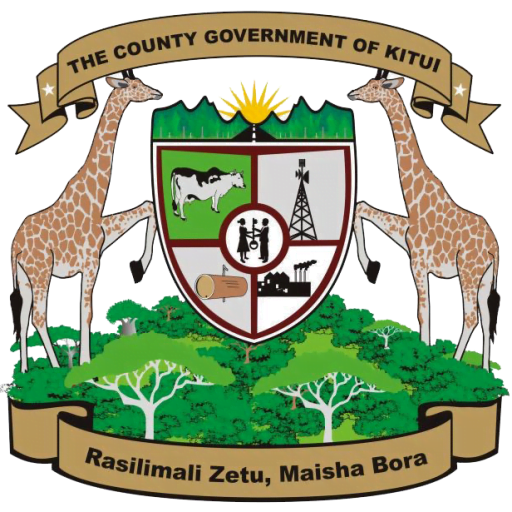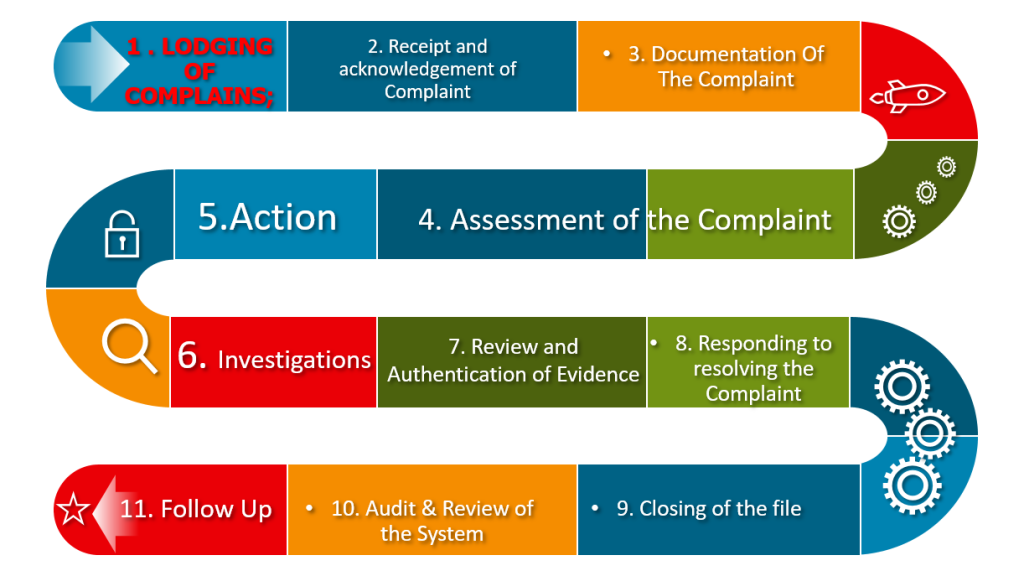Ministry of Energy, Environment, Forestry, Natural & Mineral Resources
Our ministry champions environmental conservation and sustainable resource management. We enact policies for ecosystem protection, promote afforestation, manage waste, and prioritize climate resilience.

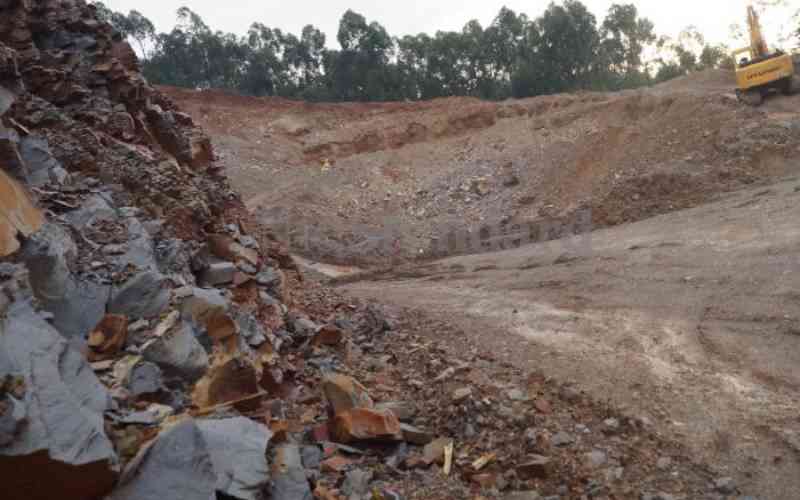
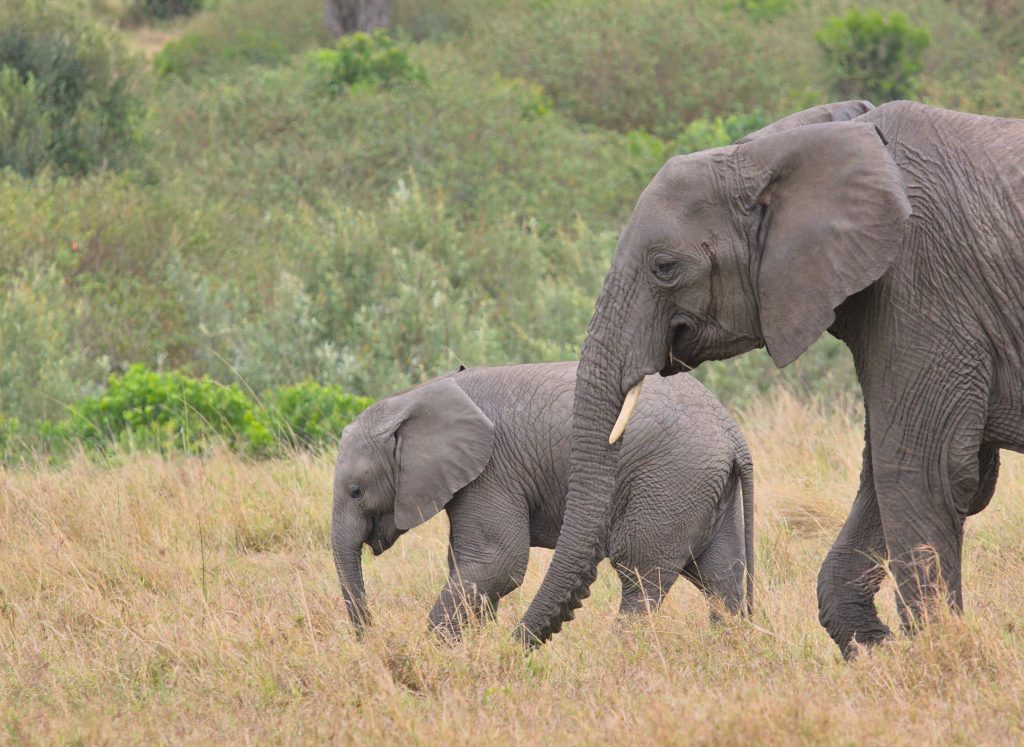
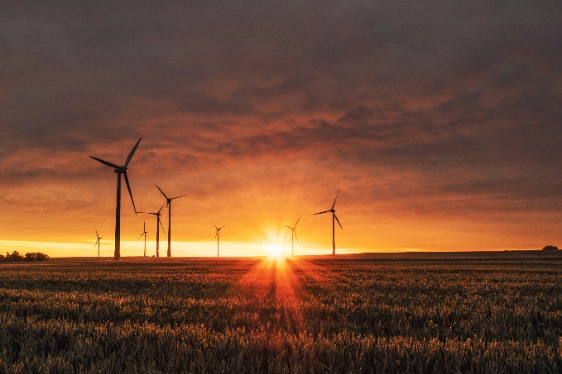
Kitui Flloca electronic Grievance Redress Mechanisms (eGRM) allows individuals to submit complaints and track their resolution progress efficiently. Click the button below to lodge a complaint.
Mission
To improve the livelihoods of Kitui people through environmental management, provision of varied and reliable sources of affordable energy and increased levels of mineral investments in a sustainably managed environment.
Vision
To be a leading County in environmental management and protection, utilization of electricity, alternative sources of energy and gainful utilization of minerals in a sustainably managed and healthy environment.


Our Minister
Mr. Mwendandu, a seasoned environmentalist with over 35 years of experience, holds a Master of Science in Land-Use Planning from the University of Toronto, a Bachelor of Science in Forestry from the University of Nairobi, and a Post Graduate Diploma in Natural Resources Economics. He is a NEMA-licensed Lead Expert in Environmental Impact Assessment (EIA) and Audit. Mr. Mwendandu has held various leadership roles in organizations such as the United Nations Convention to Combat Desertification (UNCCD) and the Adaptation Fund Board (AFB), demonstrating his expertise and commitment to environmental stewardship on a global scale.
Richard John Mwendandu
County Executive Committee Member
Departments
Environment
Focuses on preserving and enhancing the natural surroundings and ecosystems within the county.
Energy
Works on ensuring reliable and sustainable energy sources for the county's residents and businesses.
Mineral resources
Promoting and regulating mineral exploration and extraction activities within the county.
Sector Goals and Priorities
During the plan period, the sector will promote and support measures towards a clean and sustainable exploitation of natural resources through:
- Effective environmental planning and coordination;
- Improved waste management;
- Promoting environmental awareness and capacity building;
- Tree growing to increase forest cover;
- Implement measures to enhance resilience to climate change and variability;
- Water Catchment Conservation and Rehabilitation;
- Promotion and adoption of renewable energy technologies;
- Promote investment in the mining sector.
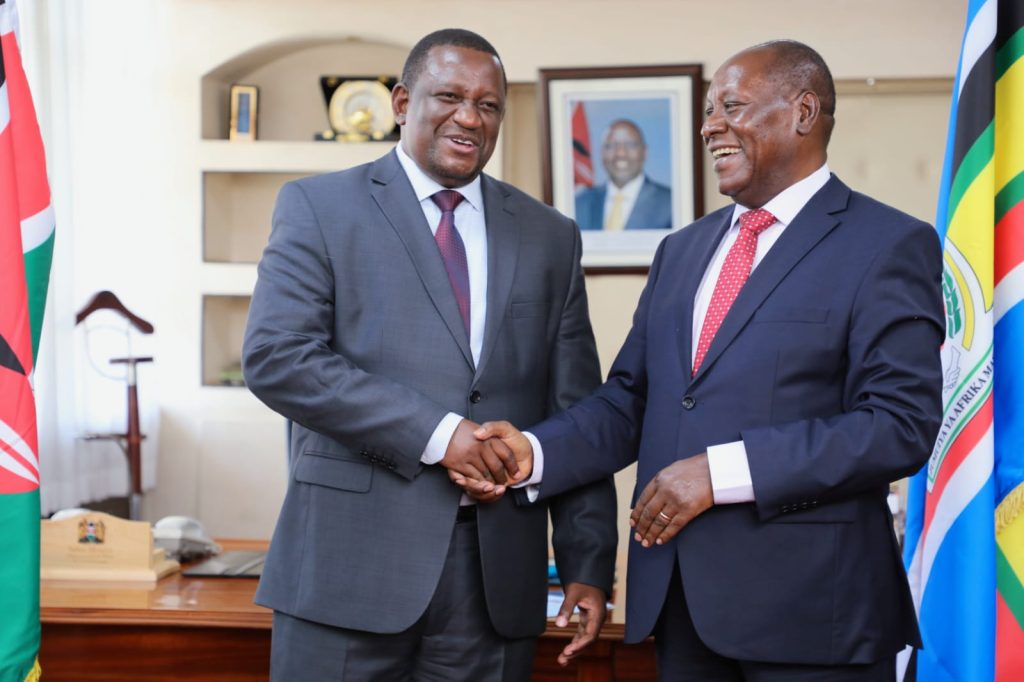
Sector Objectives
Environment
- To manage waste disposal and formulation of policies
- To Increase environmental conservation awareness
- To increase forest cover throughout the County
- To improve communities’ adaptation capacity and resilience against impacts of climate change and variability 104 Kitui County Integrated Development Plan 2023-2027
- To sustain the charcoal ban
- To protect and rehabilitate natural water sources
Energy
- To enhance use of renewable energy technologies
- To enhance access to electricity to rural areas
- To sustain the charcoal ban
- To improve service delivery
Mineral Resources
- To attract investment into mining sector
- To enhance participation of communities in mining sector
- To enhance acquisition of title deeds in minerals rich zone
- Enhance artisanal mining and mining skills for the artisanal miners
- To sustain the charcoal ban
- To increase investment in the mining sector
- Enhance community participation in governance at local level
Read More
Lorem ipsum dolor sit amet, consectetur adipiscing elit. Ut elit tellus, luctus nec ullamcorper mattis, pulvinar dapibus leo.
Achievements
County Integrated Development Plan (CIDP) II (2017-2022)
The County Integrated Development Plan (CIDP) II (2017-2022) outlined various programmes and projects aimed at improving the environment, energy, minerals, and other sectors in Kitui County. In the environment sub-sector, the programme focused on environmental research, tree growing and forest conservation, alternative livelihood for the communities affected by the charcoal ban, and water catchment conservation and rehabilitation.
The project to develop and review policies
The project to develop and review policies to enhance compliance to environmental regulations, including the charcoal management Act, wood fuel value chain policy, sand harvesting bill, and noise pollution regulations, has achieved its target of reviewing and developing two legal documents.
The tree growing and forest conservation project
The tree growing and forest conservation project aimed to identify and promote droughttolerant tree species for propagation and to establish tree-growing nurseries. Although the project has only identified and promoted three drought-tolerant tree species out of the target of twelve, it has established one nursery out of the target of eighty. Furthermore, the project has promoted the commercial growing of 225,426 high-value and multipurpose tree species, which will help mitigate climate change.
The tree growing and forest conservation project
The alternative livelihood project aimed to establish commercial tree nurseries, poultry and goats’ rearing to benefit communities affected by the charcoal ban. So far, the project has benefited 800 households, which has led to improved livelihoods for the affected communities.
Read More
In the energy sub-sector
In the energy sub-sector, the programme focused on promotion and adoption of renewable energy technologies, rural electrification in partnership with REA and Kenya Power, and alternative livelihood for the communities affected by the charcoal ban.
The project to promote and install solar security lights
The project to promote and install solar security lights has achieved the target of installing 1,508 lights out of the target of 2,400. Additionally, the project has installed 25 solar-powered water pumps out of the target of 120, produced 20 briquettes out of the target of 120, and established seven woodlots out of the target of fifteen. Moreover, the project has trained 82 households on installation of clean cook stoves, which has enhanced the use of renewable energy technologies.
The rural electrification project
The rural electrification project aims to connect 10,000 institutions and households but has only managed to connect 8,000 institutions and households. The alternative livelihood project has established five efficient energy-saving technologies, which has improved livelihoods for the affected communities.
The project to map and document mineral resources and their location, quantities and quality
The project to map and document mineral resources and their location, quantities and quality has achieved the target of documenting 80 reports out of the target of 6. Additionally, the project has facilitated ten awareness meetings out of the target of twenty and trained ten groups/associations/SACCOs in minerals rich zones out of the target of ten.
In the minerals sub-sector
In the minerals sub-sector, the programme focused on the establishment of a mineral database, mapping and documentation of mineral resources and their location, quantities and quality, community sensitization and awareness creation in mineral-rich zones, and capacity building of artisanal mining groups.
The water catchment conservation and rehabilitation project
The water catchment conservation and rehabilitation project focused on conservation and protection of river banks and catchment areas along major rivers and streams. The project aims to conserve five catchment sites and rehabilitate three water catchment sites. Although the project has only conserved three catchment sites and rehabilitated one water catchment site, it has led to improved water catchments.
Overall, the monitoring and evaluation project has led to improved service delivery to the citizens. The land adjudication in minerals rich zones project and the establishment of cottage industries project have not achieved any targets, but the formation and capacity building of community liaison committees, as well as facilitated formation of Community Development Agreements in minerals rich areas, have each achieved five and zero targets, respectively
